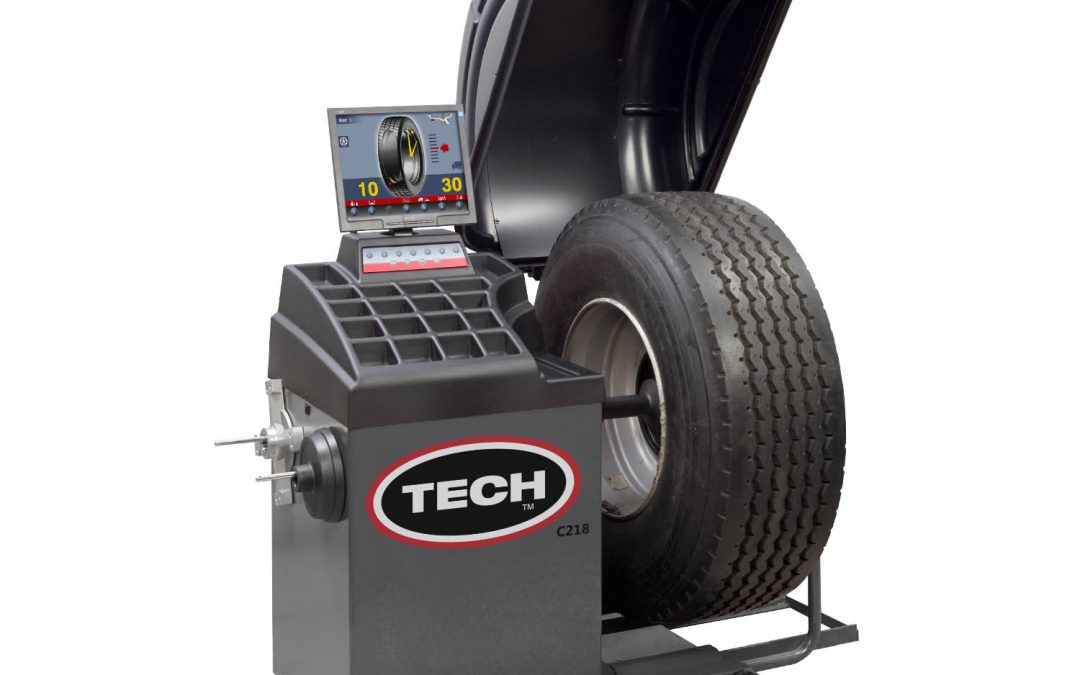In order to run efficiently and remain durable and powerful machines, large construction equipment needs routine maintenance. In fact, without maintenance, heavy equipment may break down, delaying the construction project and leaving you with nothing a massive headache.
Tires are a critical component of any piece of large equipment. Tire maintenance and management programs are a must, even for small contractors. Not only are the tires vital to the wheeled equipment’s performance, but they can be costly to replace.
That said, do you know how to maintain your wheeled heavy equipment’s tires? If you don’t, keep on reading for some heavy equipment tire repair tips!
You should never mix tires, especially across the axle. When you mix tires, there’s a chance that the tread depths, patterns, and height won’t be the same. All these factors must be the same to ensure the weight of the vehicle is spread evenly. Otherwise, you run the risk of damaging the heavy machinery’s internal components.
All drivers should have pressure gauges to check the wheel for pressure before using the vehicle. This is so that any signs of underinflation can be addressed before significant issues occur. For example, if a tire is 10% underinflated, the wheel’s treads will experience much more wear and tear than usual. If it is at 20% or higher, it can lead to a catastrophic failure. In fact, if a tire was already 20% underinflated when used, the tire should be replaced immediately to avoid serious accidents.
The dirtier the wheels of a heavy machine are, the likelier the rubbers will deteriorate faster and age quicker. Plus, debris stuck on the wheel can lead to punctures, forcing the vehicle to a standstill until the wheel is repaired and replaced. For these reasons, keep the tires as clean as possible.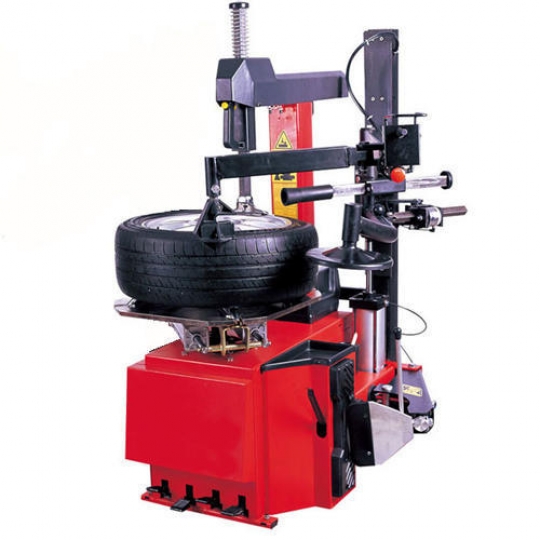 Wash them with soap and water often and ensure that the wheels are as clean as they can be before using or parking them.
Wash them with soap and water often and ensure that the wheels are as clean as they can be before using or parking them.
When not in use, the tires should be stored away properly. This means they should be cleaned thoroughly and stored in a cool, dry place that is well away from sunlight. Proper storage prevents the premature aging of rubber. Also, when storing them, be sure that the tires are stacked on their treads, not sidewalls to keep them from getting distorted.
Apart from the steps noted above, there are a few other heavy equipment tire repair tasks you can carry out. For example, you should be inspecting the wheel for any issues before using them, and if you run into any trouble, consult the owner’s manual.
In applying these tips to your wheeled heavy machinery, you can be sure your tires are in good working order. Operators can utilize machines to their maximum potential, maintaining productivity and safety when completing a construction project.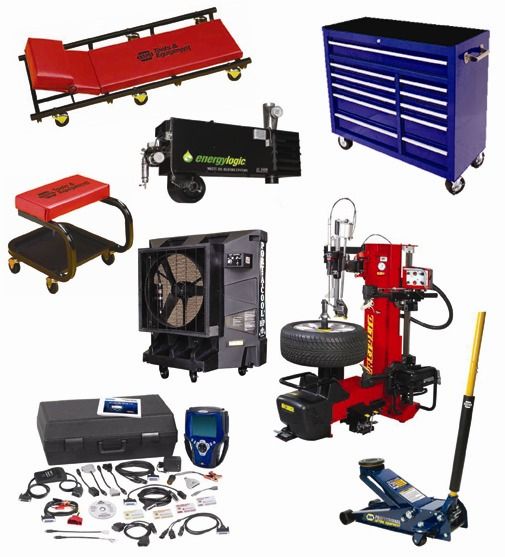
Groff Tractor is Pennsylvania’s premier multi-OEM heavy new and used construction equipment solutions provider and authorized dealer, offering a wide range of reliable heavy machines for any construction needs. If you are looking for equipment maintenance services, work with us today!
Your browser's Javascript functionality is turned off. Please turn it on so that you can experience the full capabilities of this site.
Contact Fleet and Commercial Tire ServicesTo find out more, contact us here:
COMPLETE CONTACT US FORM
Les Schwab has the products and services you need, no matter where the next job takes you throughout the West. That includes on-site services and special applications.
You face mud, sand, snow, hardpack, and more. Chains, rubber tracks, and tire ballasts from Les Schwab can make a big difference.
Installing, maintaining, replacing, and repairing heavy equipment tires and tracks at your job site. We do batteries too.
With more than 510 stores across the West, coupled with over 1500 service trucks, we provide immediate service wherever work takes you.
Keep your fleet going, from road building to quarry work.
Servicing everything from walk-behinds and mini excavators to skid steer loaders.
We have solutions for every application, from pneumatic to solids.
Tires for everything, including wheelbarrows to tool carts.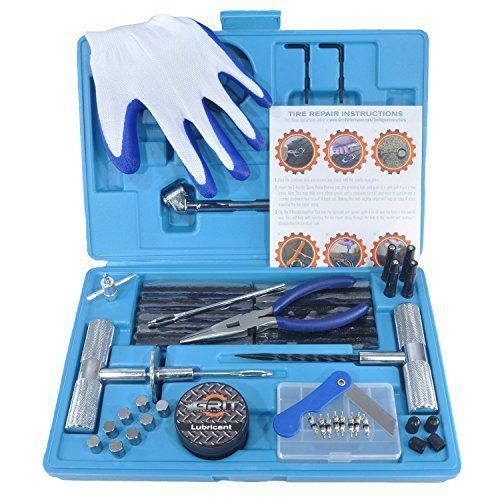
Get what you need to keep scraping, plowing, lifting, and working.
Large or small, we deliver loader wheel parts and components. We can also do custom builds.
Providing application-specific retreads with numerous tread designs and compounds.
If it takes a battery, we’ve got it. That includes generators, trailers, loaders, and excavators.
Protecting steel and aluminum wheels with standard or custom colors to match your fleet.
Chains to fit any application, with traction and tire protection in any weather.
Boost tire traction and pulling power with a biodegradable liquid ballast.
Flatproofing prevents sudden deflation, which can cause unstable conditions. The Les Schwab team can show you all the benefits, including how flat-proofing eliminates the leaks that can occur with a liquid ballast.
The Les Schwab team can show you all the benefits, including how flat-proofing eliminates the leaks that can occur with a liquid ballast.
Tires that never go flat last longer, and keep your fleet running strong in the toughest applications.
We’ll help you cut costs with longer tire life, reduced downtime caused by flats, and less need for expensive backup equipment.
Eliminate work delays due to flat tire downtime. Flatproofing tires keep you rolling, even when punctured. That includes damage to the sidewall.
At Les Schwab, we understand the importance of cash flow for construction companies like yours. Our credit programs can be tailored to your needs.
For business inquiries about our fleet and commercial tire services, contact us Monday through Friday, 8 AM - 5 PM Pacific Time.
Tire repair is a set of actions aimed at restoring the tires of trucks and special equipment. The work is carried out on special equipment by complete replacement of the tread, hot or cold vulcanization.
Contents
The purpose of such actions is to extend the resource and save on the purchase of new rubber. Below we will consider what types of damage can be repaired, what are the features of restoration, and what economic effect can be expected when performing such actions.
See also: Truck tire pressure
The modern equipment of tire workshops allows carrying out work of any complexity and repairing the most serious damage.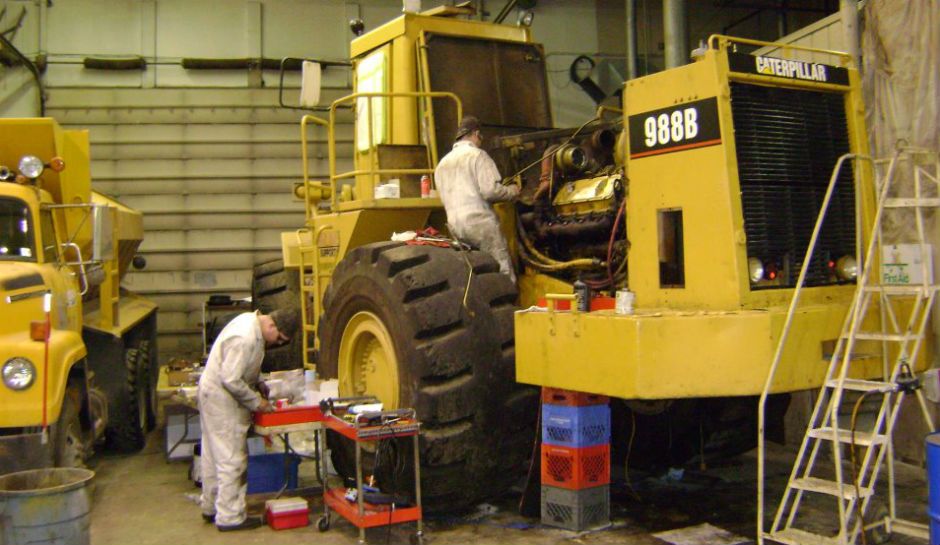 Below are the common types of defects and the features of their repair.
Below are the common types of defects and the features of their repair.
Puncture
This is the most common problem, so repairing a puncture is no problem. If such damage is detected, traffic is prohibited, because even a few meters on a flat tire can lead to damage and deformation of the side parts. nine0003
Note that the puncture can be with or without damage to the cord part. If the edges of the hole converge tightly, restoration is possible even without removing the tire. Otherwise, it is better to dismantle it and strengthen the hole from the inside. For repairs, different methods of cold or hot vulcanization can be used.
Cuts / holes
Unlike the previous type of damage, the decision to repair the wheel is made taking into account the complexity. If the frame is damaged, its strengthening is not possible. The tire quickly loses pressure, which is why it is not possible to stop immediately, and this only aggravates the situation.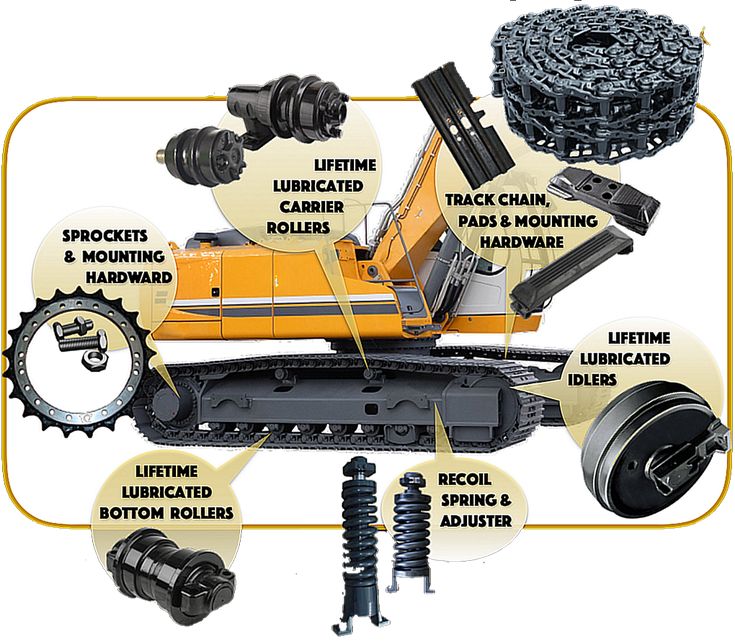 As a result, the board is damaged, which can be repaired and strengthened, but one cannot count on the long service life of the repaired product. nine0003
As a result, the board is damaged, which can be repaired and strengthened, but one cannot count on the long service life of the repaired product. nine0003
Cracks
A dangerous type of damage that appears during improper storage or natural aging. The danger is that water passes through such holes and air comes out. And if the repair of tire cuts is still possible, nothing can be done with cracks. Over time, they inevitably deform, swelling and other problems appear.
Wear
In case of natural wear, a complete replacement of the tread is possible. We will talk more about this technology below. nine0003
Hernias and swellings
Such damage can occur for various reasons, for example, when a strong impact on an obstacle or in the event of a collision with a sharp object. Driving on such a tire is not recommended, because it can be damaged at any time, which will lead to an accident. Such defects are difficult to repair. You can put a reinforced patch, but it can break at any time.
You can put a reinforced patch, but it can break at any time.
Side damage
nine0032
Tire sidewall repairs are sometimes required when the wheel has been damaged by contact with a stone or sharp object.
To avoid problems, it is necessary to periodically inspect the side parts and, if a problem is identified, swap the wheels in places to protect the cord. With special equipment, such damage is quite possible to eliminate.
Removal / installation of the wheel, repair of tires and wheels, as well as balancing work must be carried out in a specialized service. Before carrying out the planned activities, the tire rims are cleaned of traces of dirt and dust. It is recommended to sprinkle the upper part with talcum powder. The tool used to repair tires of special equipment must be clean and free of burrs. nine0003
Important
The condition of the wheels is controlled by inspection from the outside and from the inside.
If foreign objects are found on the side of the tires and the projector, they must be removed with pliers or a blunt awl. A special device can be used to detect foreign metal objects.
When checking tires, all types of faults are detected: breaks, breakdowns, punctures and others. A tub filled with water can be used to test the impermeability of a wheel or nipple. During the inspection, attention is also paid to the presence of cracks, deformation or other damage. After the repair of tubeless tires, they are checked and installed on the disk. nine0003
At the final stage, the pressure in the disks recommended by the manufacturer is set. In the tire workshop there are devices that allow you to measure this parameter and perform pumping to the desired level.
The tire repair process itself takes place in several stages:

The sequence of actions may vary depending on the type of damage.
Today, many methods are used in workshops to repair tires for special equipment. Let's take a quick look at the main options.
The essence of the work is to remove the remaining layer with subsequent cutting. The process takes place in several stages:
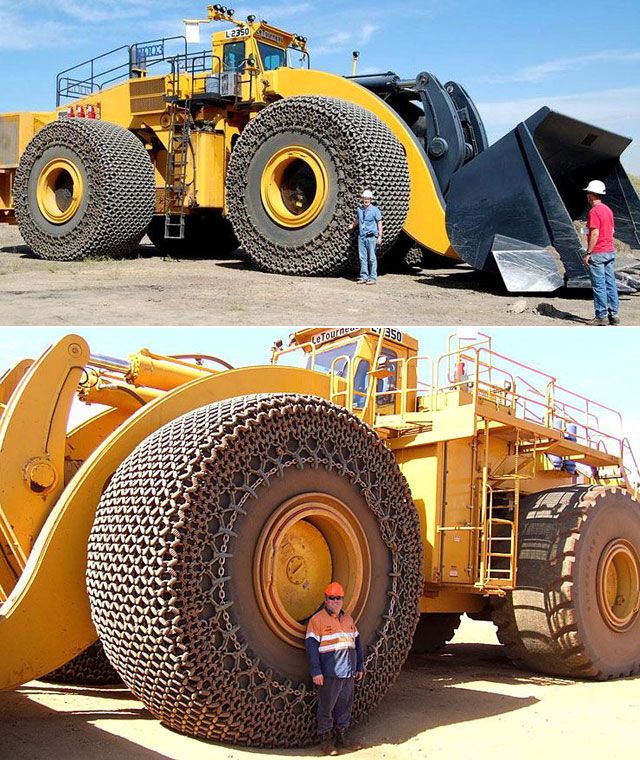
The work is carried out using special equipment with knives of different lengths. The advantages of replacing the projector include:
Along with cutting, retreading can be carried out using welding. This method allows you to use truck tires for another 40-50% of the original resource.
There are two types of welding:
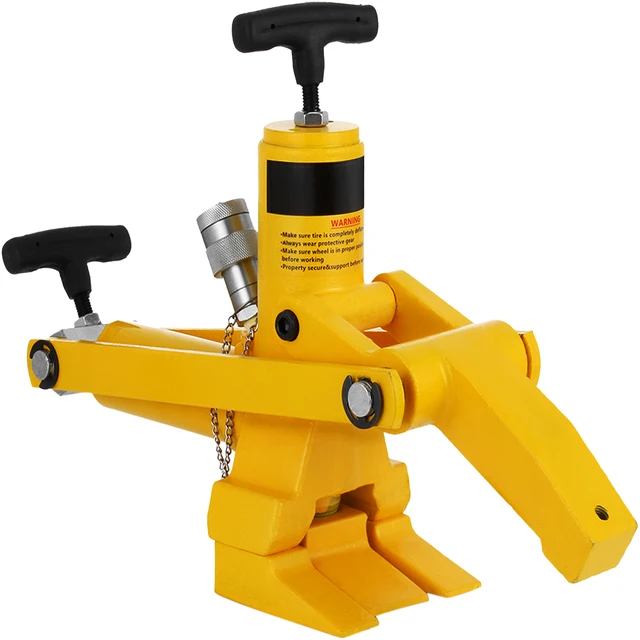 This tire repair option is more expensive, as it requires special equipment. nine0008
This tire repair option is more expensive, as it requires special equipment. nine0008
In contrast to the method discussed above, tire puncture and other common defects are repaired here. Its essence lies in the treatment of the problem area with high temperatures. As a result, the damage is glued together, and the tire is restored. This vulcanization method can be carried out in two ways:
One stage. Instant filling of a crack or funnel using a special patch. nine0099 Two stages. In this case, the funnel is filled with viscous rubber, after which the damage is tightened under the influence of temperature. As a result, no traces remain on the surface.
The advantages of hot vulcanization include:
The disadvantage is that the work requires the involvement of specialists and the availability of special equipment at hand.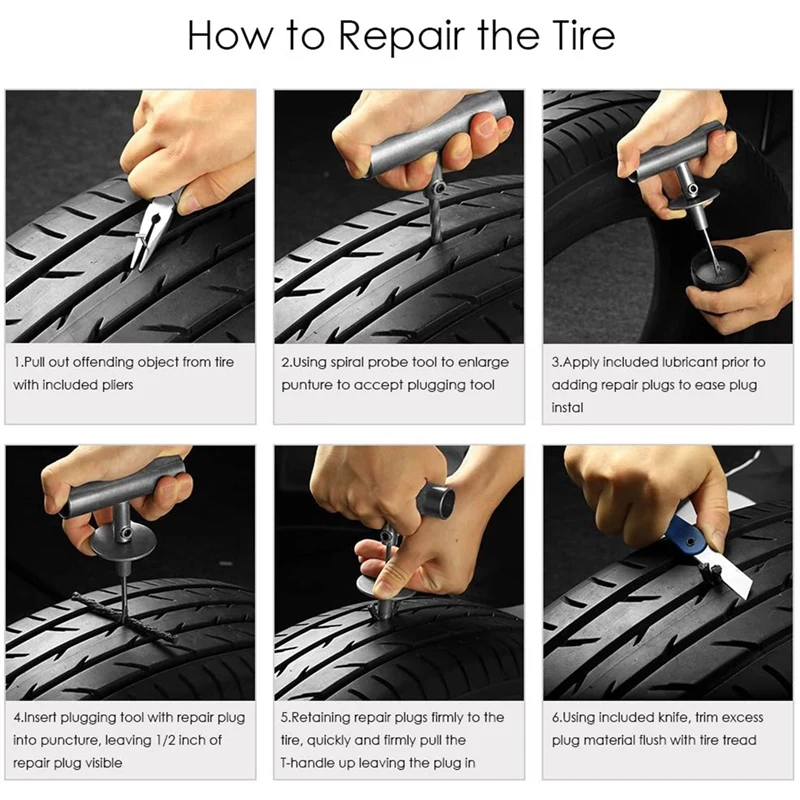
Depending on the circumstances, the cold vulcanization method may be preferred. Unlike the previous technique, it is carried out without the use of high temperatures, which allows you to repair tires even on the road. This method is suitable for tires that have previously undergone a retreading process. nine0003
After repair, the physical properties of the tire remain unchanged, and the cord retains its elasticity and strength. To eliminate the cut, as a rule, a special kit is used.
Pros:
The downside is that as a result of the repair, there is no guarantee of a long tire life. Over time, a hernia may appear at the repair site, and then you will have to buy a new wheel. nine0003
At the same time, the time parameters for cold vulcanization may differ depending on the ambient temperature, the characteristics of the adhesive composition, the severity of damage and the type of tire.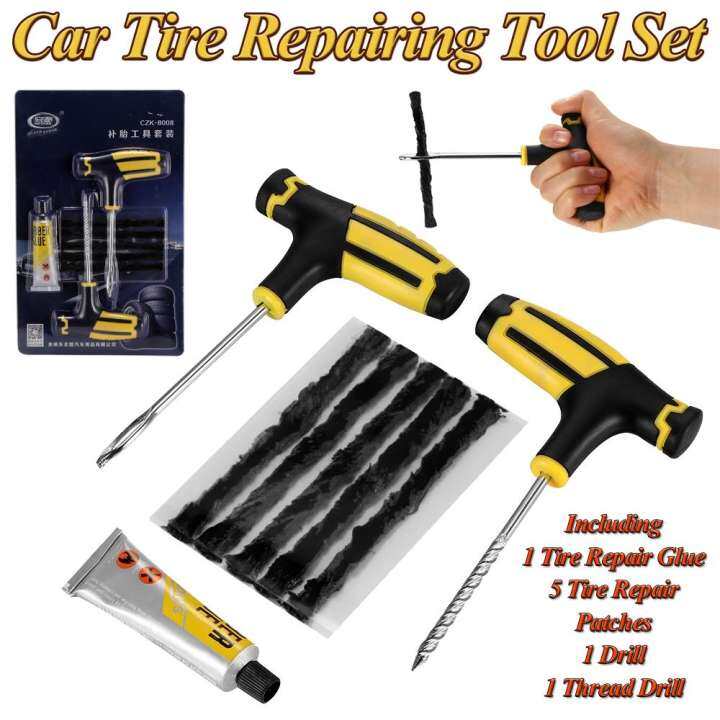 On average, it takes at least two days to fully set.
On average, it takes at least two days to fully set.
The operation of trucks with oversized tires invariably leads to spending on the purchase, repair and disposal of tires. Mining dump trucks, agricultural machinery, wheeled tractors, loaders and other equipment are at the greatest risk. In practice, 20-30% of tires that are prematurely discarded can be retreaded. nine0003
Important
Repair of wheels for special equipment involves the restoration of a wide variety of damage. This is possible on the side, shoulder and tread with damage up to 25 cm.
At the same time, the cost of work does not exceed 5% of the price of a new wheel. Calculations show that the repair of tires with a residual life of less than 20% pays off and is cost-effective. Many businesses are unaware of this and throw away rubber that can still be reclaimed.
The use of modern equipment allows us to repair tires for special equipment and thereby save money on the purchase of new wheels. Depending on the circumstances, cuts, punctures and other damage can be repaired using hot or cold vulcanization. It is also possible to cut or weld the projector, which allows you to extend the life of the rubber and save the company money.
Depending on the circumstances, cuts, punctures and other damage can be repaired using hot or cold vulcanization. It is also possible to cut or weld the projector, which allows you to extend the life of the rubber and save the company money.
V. Vasiliev
On Russian roads, and even more so on country roads, tires can easily be damaged. Statistics show that during operation, undercuts and punctures of the tread, breakdowns and ruptures of the carcass, cuts of the cover rubber with violation of the carcass layers occur. At the same time, in most cases, the tread wear does not exceed 30...50%. Most often, drivers encounter such "surprises" as stones or sharp objects, with sharp impacts on the curb of the sidewalk and other obstacles.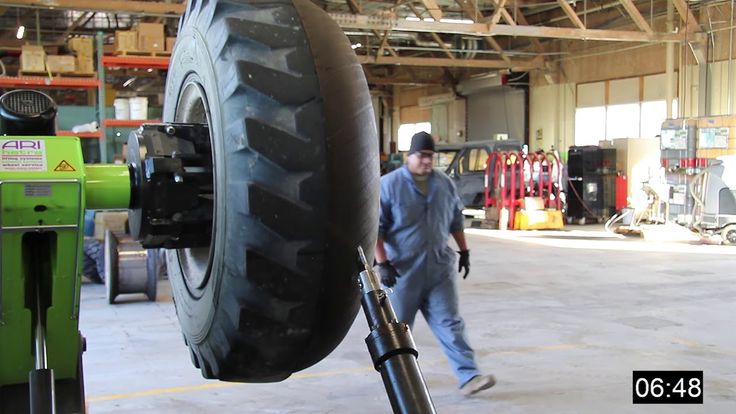 nine0003
nine0003
No good bode for driving with low tire pressure, overloading, using unsuitable rims, overheating or fatigue, mechanical failure of the suspension and brakes. The sidewalls of the tires suffer greatly from driving on a rut, which our highways often sin.
Premature tire wear or failure is often caused by front axle failures, incorrect steering angles, etc. Radial tires suffer the most damage in the sidewall areas, which are the weakest link in this sense. As a result, radial and circumferential cracks appear along the sidewall and overboard zone. Quite often, the edges of the breaker are stratified at the “radial” and the cord threads are destroyed. nine0003
There are other negative points, and it is important to know that in fact all types of local damage, with the exception of damage to the bead itself or areas near it, can be repaired and the rubber athlete can be restored to working order. The main thing is that the size of these damages does not exceed the tolerances established by the current regulations.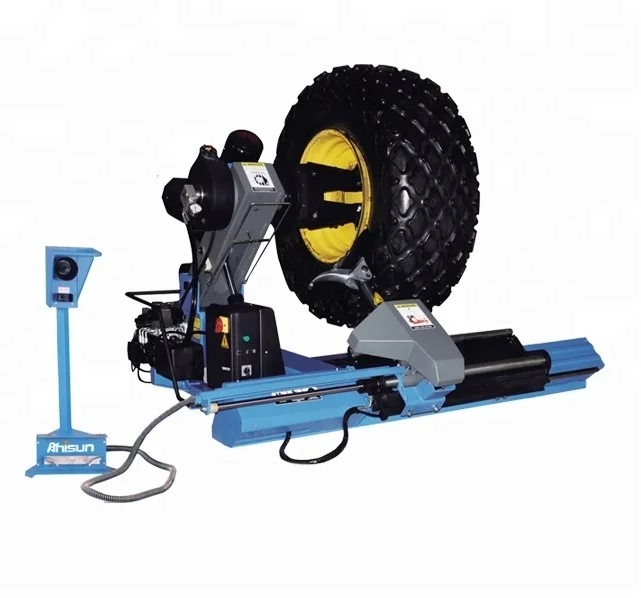
The regulations provide for two types of repairs. The first of them should save tires with minor shallow carcass damage or through punctures up to 10 mm in size. The second is designed for tires with serious damage, including through. For diagonal, radial and solid steel cord tires, their allowable number and dimensions of through cord damage are standardized (OST R 200 001–9five).
Timely tire repair is not an idle question. Small cuts in tires are often not noticed at all, and when noticed, they do not attach any importance to them. At this time, dirt and moisture do their dirty work. The cut grows and eventually the tire becomes unrepairable. Particular attention should be paid to the repair of radial tires due to the rapid corrosion of steel cord exposed to moisture.
It is senseless and unacceptable to repair tires with a fracture or destruction of the metal bead ring, with carcass damage located near the bead and requiring its opening during repair, subjected to prolonged exposure to petroleum products or other substances that cause rubber swelling, with ring destruction or fracture of the inner layers of the carcass, severely contaminated with materials that cannot be cleaned, with deformed sides. nine0003
nine0003
A professionally performed local repair of the first type provides a mileage of at least 15 ... 30 thousand km. The warranty mileage of tires repaired in the second way is somewhat less.
The benefits of tubeless tires can only be exploited if regular tire inspections, pressure checks and timely preventive maintenance are carried out on the road. It is necessary to allow a carcass puncture or the smallest damage to the sealing layer, as the tightness of tubeless tires is violated, and the air enclosed between the rim and the inner surface of the tire penetrates into the carcass. This will be followed by additional stresses and delamination of the frame. This does not happen in a tubed tire and the carcass is less prone to delamination. nine0003
In the event of a puncture caused by a stuck object, a tubeless tire can travel several thousand kilometers without a noticeable decrease in inflation pressure. However, this should not be abused for too long, as there is an imperceptible at first glance delamination of the carcass or other destruction of the tire, which subsequently makes repairs difficult or impossible.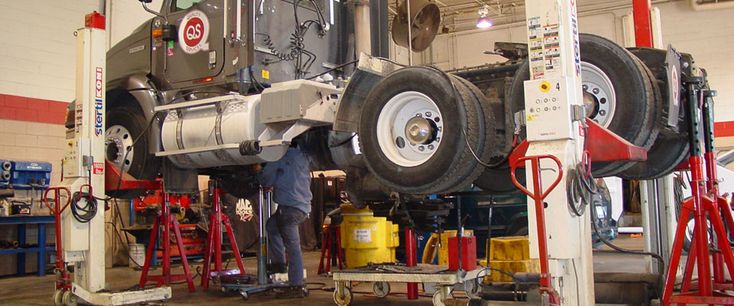
Tubeless tires with through damages larger than 10...12 mm or significant destruction of the sealing layer are best repaired in specialized enterprises by hot vulcanization or a combined method. If the puncture does not exceed 10 mm, the tires can be repaired on the road or in the garage on their own. In this case, you can do without dismantling the tire from the rim. nine0003
Only two types of tools are used for repair by the mentioned methods - a metal awl in the form of a spiral and a metal needle with a special eye with a slot. To seal the damage cavity, cords and bundles of various sections and shapes (wedge-shaped, cylindrical, corrugated, flat, etc.) are used, as well as elastic cords of the "silastic", "silfax" type and other types of bundles. These components, in combination with a special adhesive, penetrate through the damaged carcass and tire breaker under tension, after its removal, they acquire the exact shape of the damage, filling all the bumps and cracks and thereby restoring the tire's performance.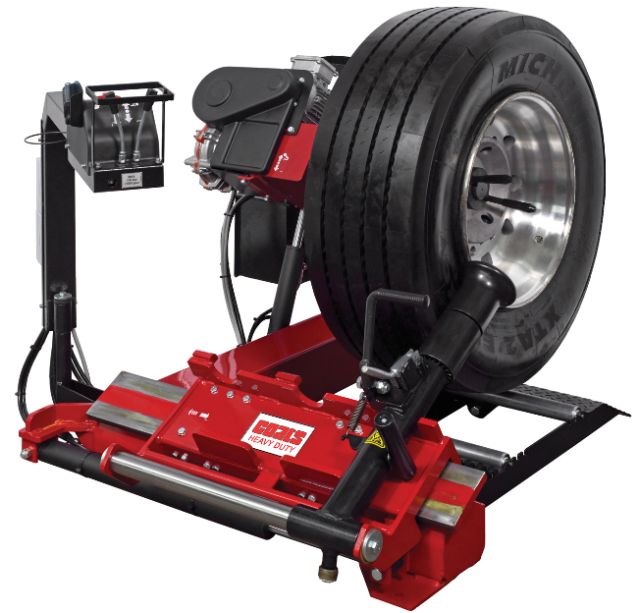 With this method of repair, the damage is not expanded, but only thoroughly cleaned and lubricated with glue. Of course, you must have the skills to work with a special needle, in the eye of which a cord is threaded. This method is often used to repair tires in stationary workshops, while the tires are suitable for restoration by applying a new tread. nine0003
With this method of repair, the damage is not expanded, but only thoroughly cleaned and lubricated with glue. Of course, you must have the skills to work with a special needle, in the eye of which a cord is threaded. This method is often used to repair tires in stationary workshops, while the tires are suitable for restoration by applying a new tread. nine0003
On light trucks with small tires, if the tire is damaged on the road, sometimes a slightly larger self-tapping bolt, screw or screw lubricated with rubber glue is screwed into the puncture site. This allows you to get only to the nearest workshop, and even then at low speed.
The simplest way to repair a puncture in an off-rim tire is to use rubber fungi with self-adhesive cap and stem or just one cap. To drag the fungus into the gap, use a metal loop or a special device that is part of the first-aid kit. Previously, the place of damage is cleaned, and foreign objects are removed from the rubber. The fungus forms a strong bond with the tire rubber.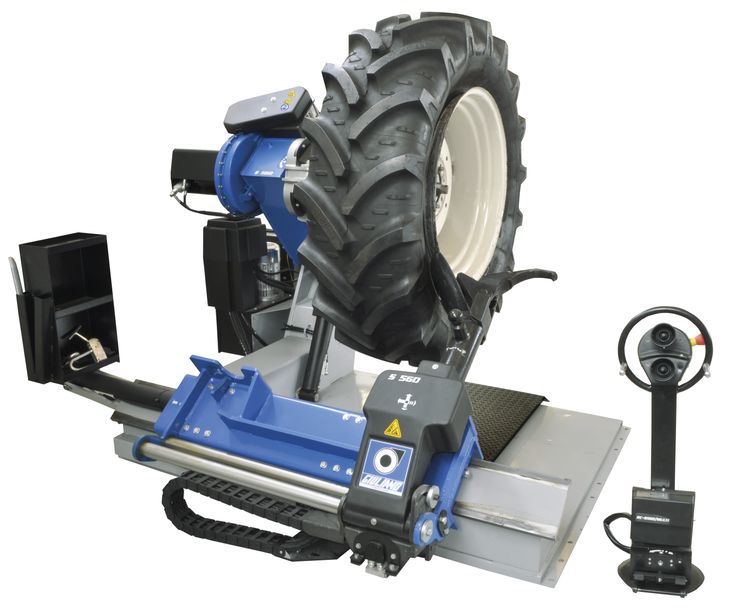 Fungi with a guiding wire tip are inserted without the use of additional devices, then removing the wire tip. With this tire repair, no additional operations are required. nine0003
Fungi with a guiding wire tip are inserted without the use of additional devices, then removing the wire tip. With this tire repair, no additional operations are required. nine0003
Repair of damage to the sealing layer and small (up to one carcass ply) internal damage to tires is carried out using vulcanizing rubber patches with an adhesive layer. They are part of first aid kits for repairing tubeless tires. Before applying and rolling the patch in the workshop, the inner surface of the tire is roughened and the area treated in this way is smeared with glue.
Slightly damaged tubes can be repaired by cold vulcanization using appropriate materials, either in the workshop or on the road. In this case, a simple first-aid kit is used for repairs, which includes several plasters with a self-vulcanizing coating, a tube of glue with the same properties, a metal grater and sandpaper. When repairing the camera, a rubber patch is applied to the treated and twice smeared damage site and rolled with a roller from the center to the edges.